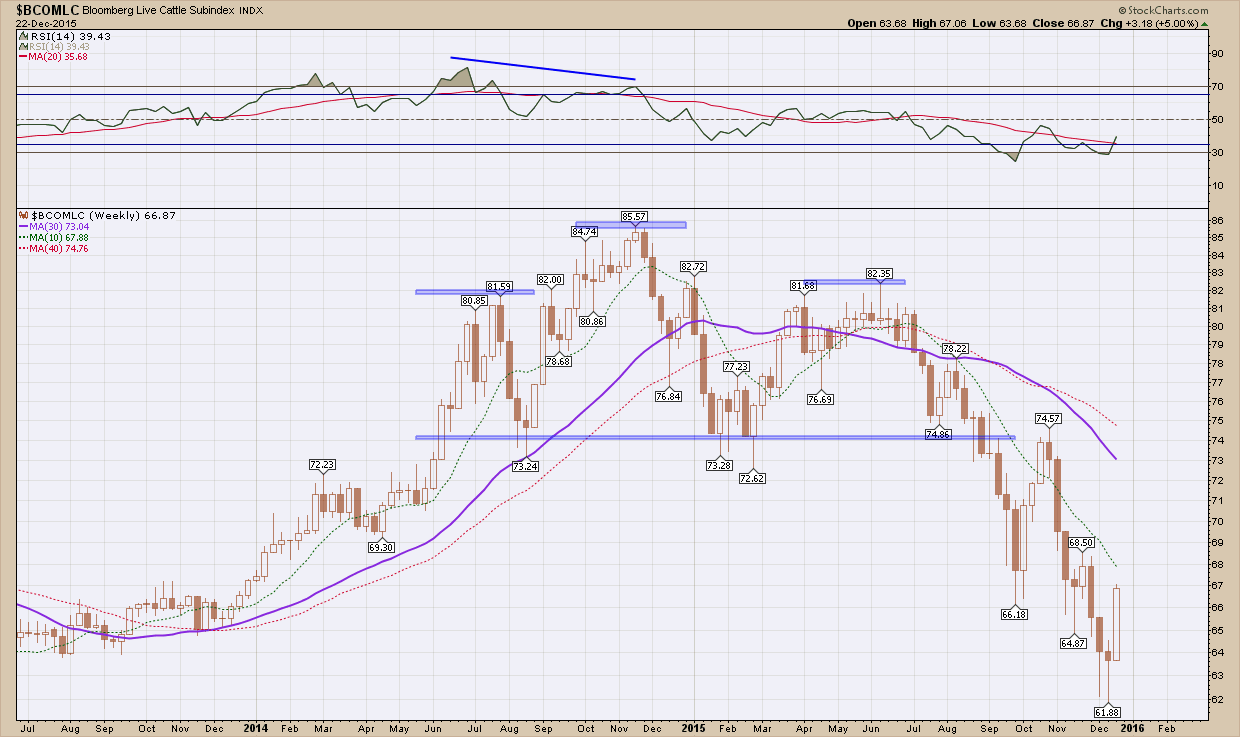Now that the dust has finally settled from the Fed raising interest rates last week, some may be wondering what we might be in for based upon historical precedence of rising rates. I’ll start with the reassuring news. First rate hikes have been followed by higher stock prices over the following 12 months. Stocks have risen strongly when a rate-tightening cycle was started in response to economic growth. In the six 12-month periods starting in 1954 with core inflation characterized as low, stocks rose four times. Stocks rose every time when core inflation was low, bond valuations were high and interest rates were first raised.
Before you back up the truck, here is the asterisk. Though seemingly bullish for the current environment, the sample size is small. Plus, the current trio of a first rate hike, low inflation and high bond valuations has only previously occurred in 1954, 1958 and 2004. So while the record is favorable, it’s not a slam dunk. Since at least 1954 (if not further back), the Federal Reserve has never raised rates from such a low level. That's not to mention that large banks are currently being required to meet tougher capital requirements and oil remains in the doldrums, having traded below as $35 per barrel which was last touched at the 2009 bottom.
In 1954, the Korean War had recently ended and the Federal Reserve was just a few years past no longer having to monetize Treasury debt at a fixed rate. In 1972, Bretton Woods had recently ended and the Arab oil embargo ensued not too far afterward. In 1983, Paul Volcker was battling double-digit inflation. In 1998, the tech bubble was quickly enlarging. The point is that there are always events occurring that not only influence the decisions made by the Federal Open Market Committee (FOMC), but also how stocks and bonds perform after the rate hike tightening cycle begins.
What matters going forward is how the U.S. economy performs as well as the magnitude of future rate hikes and more importantly the pace at which they occur. The FOMC thought our economy is finally strong enough to withstand a rate hike, though inflation remains below its target. Globally, economic growth remains weak. China is slowing, while Europe and Japan are stagnant. Commodity-producing countries continue to be adversely affected by weak oil, coal and metal prices. If these conditions continue, it would be easier for the FOMC to justify gradual increases in rates, which Chair Janet Yellen suggested would be the path going forward.
Rising prices are nice, but the magnitude of the price gains is also important. Periods of monetary tightening are associated with small-cap stocks being adversely affected more than large-cap stocks, but both have realized lower, though—and importantly—still positive, returns. The sample size is small and while history often rhymes, the future has a tendency of unfolding in ways we do not expect it to.
Between robust employment gains, rate hikes, falling oil, and a strong dollar, the market cannot decide on a direction. This, combined with the fact we have a flat 200 day moving average leads to choppy markets where every breakout/breakdown fizzles and reverses days later. As I have stated in the past when in this environment it is best to just sit on your hands and wait for the existing trend to reestablish (up) or new trend to commence (down).
Looking at the US SP500 index
All year, the S&P 500 has been trading in a large trading range. More and more areas of the market are breaking down while fewer and fewer remain in good shape The last two months on the S&P 500 have been a microcosm of the entire year – the index has not really gone anywhere, but where ever it has gone it has done so quickly. This market continues to produce the feeling to me that we are experiencing a major topping process. 4 of my 5 indicators have provided a sell signal over the past 6 months and as a result has increased our cash position to the highest point of the year. Although a healthy year-end rally could easily reverse all damage.
As you can see in the chart below, the rounded top that has been developing for the past year has not been invalidated and is still in play. Until price can break above the 2130 prior high in May we are in an intermediate term downtrend. If we break below the 1990 first red horizontal support we are likely to see further downside and retest the 1870 August lows (lower red horizontal). A break and confirmation below that? Well let’s just say that will indicate a new short, intermediate and long term bear market has likely begun.








